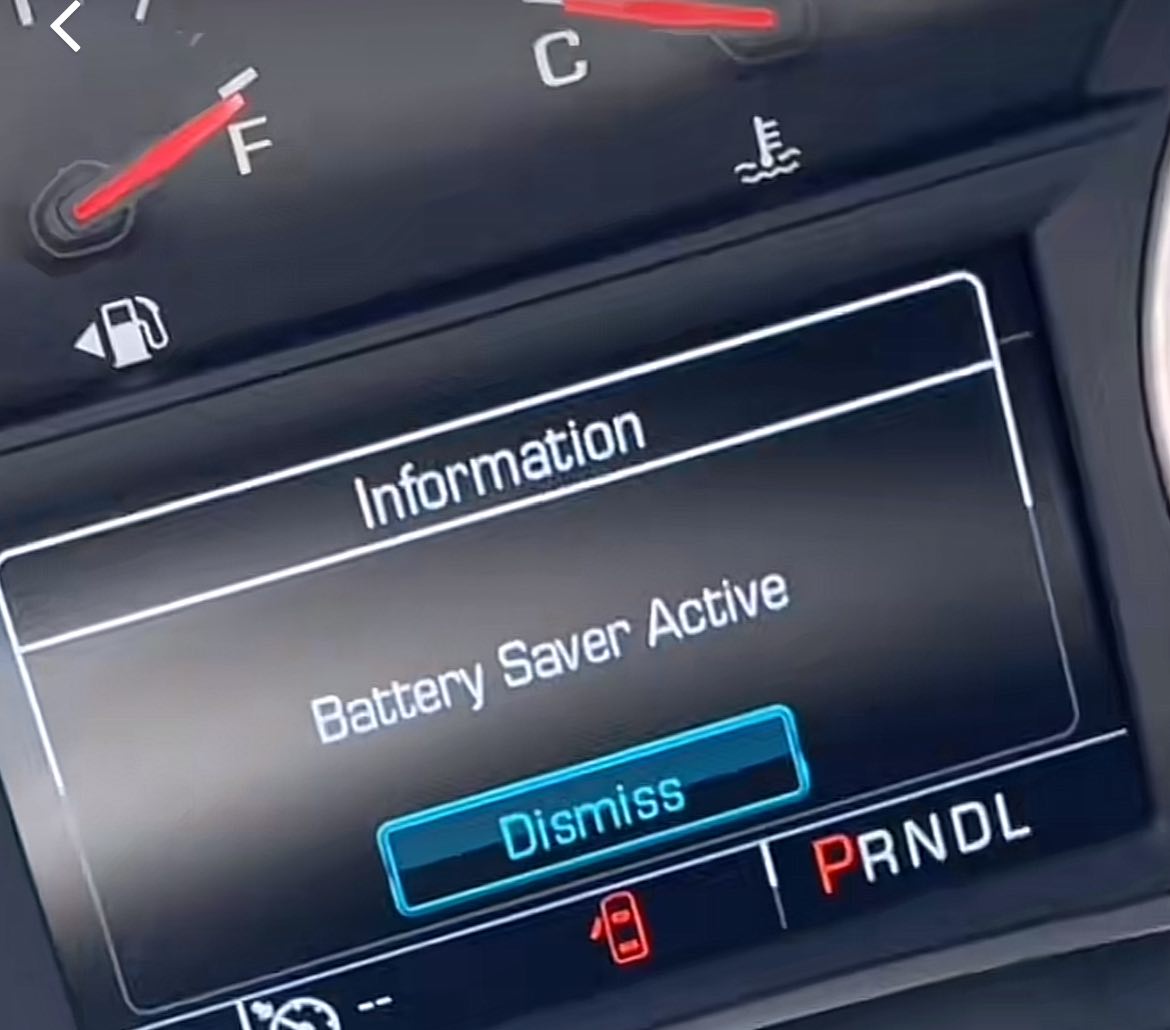Have you ever noticed the “battery saver active” indicator flashing while driving your vehicle? You may have wondered what this meant and why it is crucial to understand. It can be confusing when figuring out what a “battery saver active” light means, especially if you don’t know much about car mechanics. In this article, we will explain what it means in cars and why it is important for drivers to be aware of it. We will also discuss how to properly take care of your vehicle’s electrical system and answer some questions that you may have about the topic. Additionally, we will provide helpful tips on diagnosing any potential issues with your car’s power system so that you can keep your vehicle running smoothly for years. So, whether you are an experienced or novice driver, this article will provide all the information you need regarding battery saver active in cars.
What Is Battery Saver Active?
The “battery saver active” indicator on your vehicle’s dashboard signals an issue with the battery, alternator, or other electrical system components. The light may be yellow or red and typically blink or flash. It indicates that your car’s battery is not getting enough charge, which can be caused by issues such as a faulty alternator, low battery voltage, or problems with the wiring. If you notice this light blinking on your vehicle’s dashboard, it is important to act quickly to prevent further damage to the battery or other components of the electrical system. When you see the “battery saver active” indicator, it’s also important to understand What Is a Core Charge on a Battery. This is a fee that you pay when purchasing a new battery, which is refunded when you return the old one for recycling. Also, read about the importance of proper battery disposal and how a core charge encourages recycling and environmental responsibility.
How Does Battery Saver Work?

What Reasons for Battery Saver Active Message?
Generally, there are several reasons why you may see a “battery saver active” message on your dashboard:
-
A faulty alternator: As we mentioned earlier, this can be caused by either an old alternator or one damaged by water or dirt entering it.
-
Low voltage: This could mean insufficient power going into your car’s electrical system due to a loose connection in the wiring or a failing component such as a fuse or relay switch.
-
Poor connections: This can happen when wires become corroded over time due to extreme weather conditions, which can cause them to break down quicker than usual. Alternatively, if you have recently replaced parts of your car’s electrical system, incorrect wiring could lead to problems with the current flow within the circuit, leading to poor performance and possible overheating of components, leading to further issues if not corrected quickly enough.
-
Overcharging: This can occur when the alternator is producing too much current, which can damage the battery and other components within the circuit.
Fixing the Problem
If you notice the “battery saver active” message appearing on your dashboard, it is vital to address the issue as soon as possible to prevent further damage to your car’s electrical system. The first step is to check all the connections throughout the system to determine if something has become loose or corroded over time. You may also need to check any fuses or relays for signs of overheating or damage, which could be hindering current flow. Once you have found and corrected any issues with connections or components, it is then important that you reset your car’s computer for the battery saver feature to kick back in and protect your battery from future draining due to low voltage conditions.
Conclusion
It is important to be aware of any potential issues with your car’s battery, alternator, or other electrical components to keep it running efficiently. The “battery saver active” message is an indicator on your vehicle’s dashboard that signals a problem with the system’s electrical flow. It can range from poor connections to an old alternator or low battery voltage. If you notice this light blinking, you must address the issue as soon as possible to ensure that your battery and other electrical components remain in good condition for years. With proper maintenance and diagnosis of problems, you can prevent further damage and extend the life of your car’s power system.

